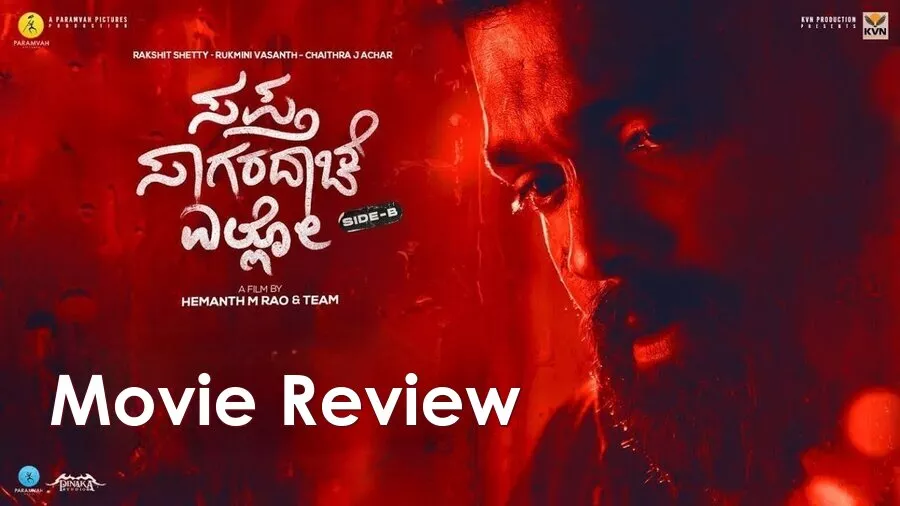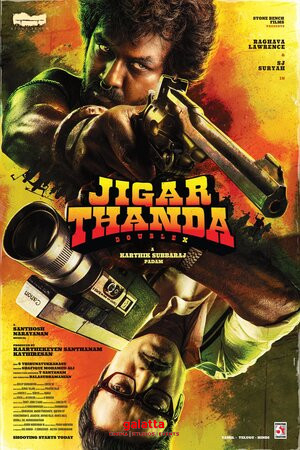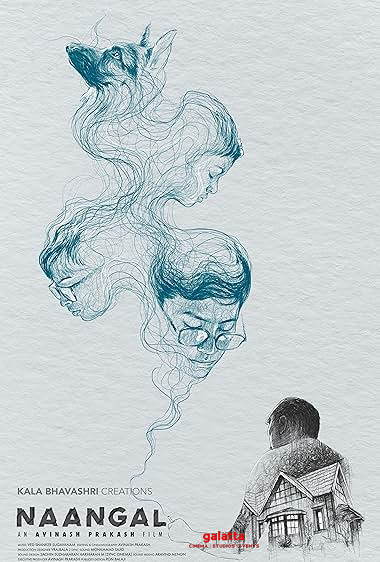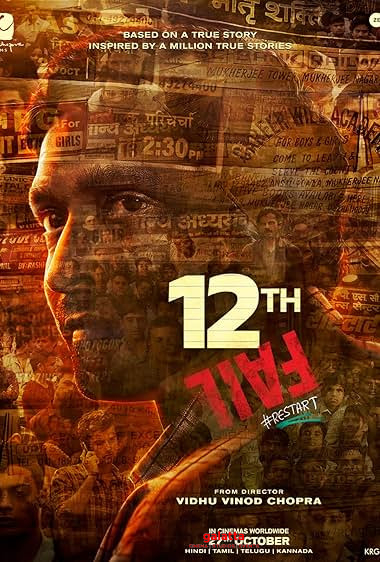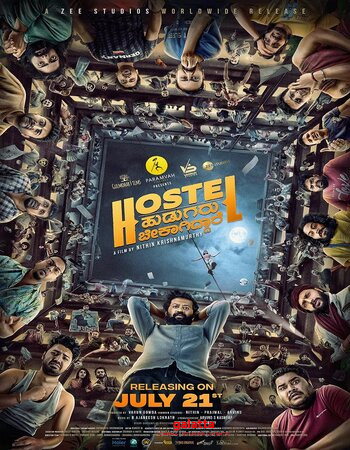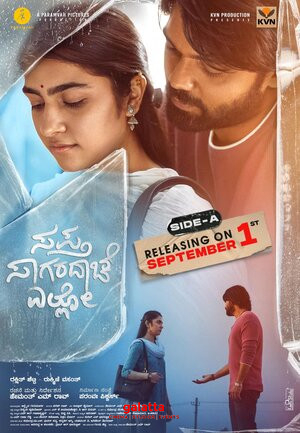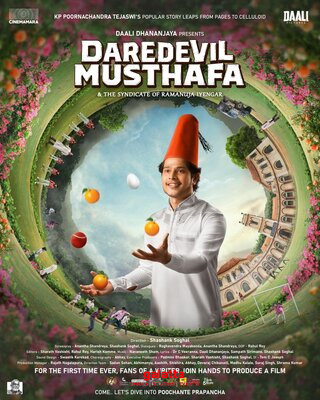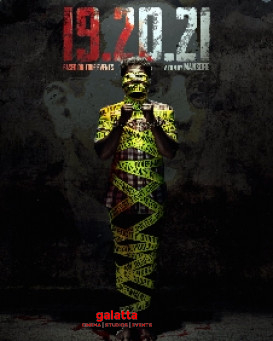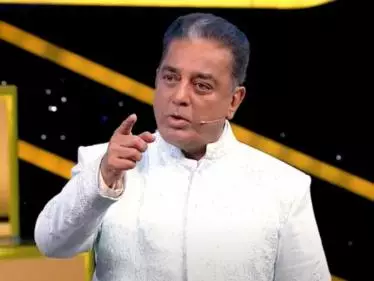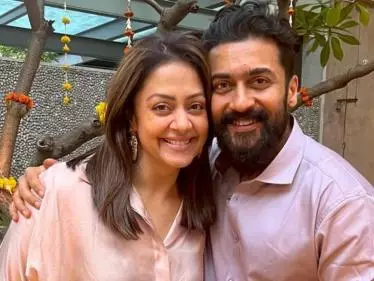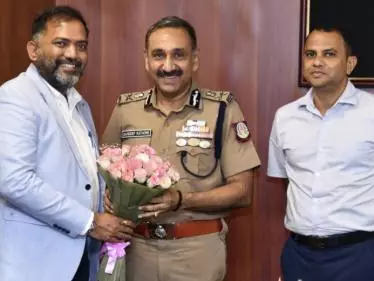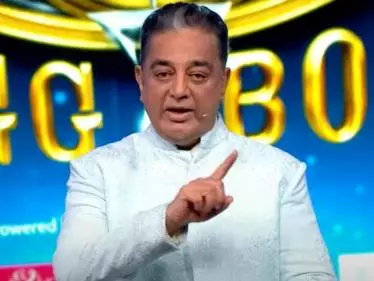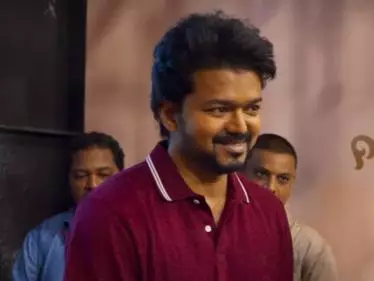Sapta Saagaradaache Ello &Ndash; Side B Movie Cast & Crew
Some movies need to sink in. I saw a screening of Sapta Saagaradaache Ello - Side B with the cinematographer’s assistant. After the film, he asked how I liked it. My mind was foggy. There was too much I had experienced, my heart was too full – and I think I said I liked it, but with reservations. Now, as I think about it – and this is not a film that leaves your mind easily – I find I liked it a lot, a LOT. These were some of the “reservations” I had. I felt that the devious character played by Achyut Kumar could have been worked in better, with a better sense of closure. I felt the villain, the man Manu (Rakshit Shetty) beats up in prison at the end of Side A, should have been a more menacing presence, a bigger (and more dangerous) obstacle in Manu’s path. But he comes across like someone planted into the narrative just because there’s the need for some extra (and external) drama and violence.
But if this villain had not existed, we would not have gotten one of the GREAT action set pieces of the year. It’s brilliant. Every punch, every stabbing – you feel it. And the way it’s shot, especially a bit with a static camera, it’s a self-contained work of art. Does it sound strange to be praising the stunt work, of all things in a romantic movie? But then, Side B is already filled with emotional violence, and the physical violence is just an extension of it. The film is as unpredictable as Side A. In the former, we got a love story – and we know that all love stories need an obstacle. But I surely did not expect that obstacle to come from a speeding car and the hero landing up in jail and the heroine (Priya, played by Rukmini Vasanth) waiting and waiting and finally marrying someone else.
This was my first line of the review of the heart-swelling Side A. I said: “Director Hemanth M Rao, his co-writer Gundu Shetty, and cinematographer Advaitha Gurumurthy give us a very real love story.” I’d say the same about Side B, which is a worthy successor. The staging, the performances – all that is exactly the same as in Side A, which means everything is played at a very steady, non-melodramatic key. When Manu and Priya run into each after 10 years – he’s now out of jail – the moment is like a whisper. This is the moment we have all been waiting for with a clenched heart – and yet, there’s no “OH MY GOD, YOU’RE BACK!” fuss. This is the un-melodramatic tone with which the two new characters are handled, too. On Manu’s side, we get Surabhi, the sex worker played by Chaithra Achar, and from Priya’s side, we get her husband Deepak, played with great dignity by JP Tuminad. (On a personal note, I wished Surabhi had had more to do with Manu. Their scenes together are so wonderful that I wished Side B had been their love story.)
At the beginning, Manu is told by his friend from prison (the superb Gopalkrishna Deshpande) that he needs a lot of space to build a new life, and so he has to unburden himself of the baggage of the past. But Manu keeps listening to Priya’s tape over and over, and his past becomes his present. Instead of building a new life, he keeps reliving the old one. Does an element of predictability creep in? Yes. But given this story, is that inevitable? Also, yes. Hemanth’s boldest gamble is to remove Priya out of the equation. In Side A, we saw the story from both their points of view. But in Side B, Priya is a passive “object”, shaped by Manu’s doings. In one beautiful scene, her dingy home gets its first rays of sun, and she basks in that light. Two things are happening here: a sign that her life is about to be lit up, and also a flashback to the time Manu and Priya went house-hunting and we got to know how much she loved well-lit spaces. Even the abandoned train compartment that Manu stays in reminds you of the house from Side A that rattled every time a train went by. The two parts, thus, are in conversation with one another.
This time around, Rukmini Vasanth doesn’t get much to do, but whatever she has to do, she does wonderfully – like that look on her face, at the cafe, when Manu asks if life is good. She says yes, but her face says no. (This scene is from Manu’s POV.) But the secret sauce of Side B is Chaithra Achar. From the minute she gets into bed with Manu, swinging her legs lazily, she defines her character beautifully. Surabhi is the opposite of Priya: she hates the sea, she does not believe in romance, and she is a more brazenly physical embodiment of love. The scene where she’s in the middle of a street screaming at strangers – it’s a brilliant bit of acting, mixing anger and pain and hurt. Speaking of emotions, composer Charan Raj replaces the synth-pop melodies of Side A with rock-angst. The music is practically another character.
Side B shows the difference between young love and mature love. In the former, you want the woman. In the latter, you want the woman to be happy. The film also shows how some of us live in prisons of our own making, and freedom is just a mirage. One day, seen side by side, Side A and Side B will portray love like it has rarely been seen on screen. Usually, the emotion brings the lover happiness or sadness. Here, it brings about personal growth. The things Manu does are going to be seen as controversial in some quarters, but you really don’t think straight when you are in love and when it is the only thing that defines you. That’s Manu, take him or leave him. Side B makes no judgements, offers no apologies. It just says love can give us as much pain as pleasure, and you just have to ride the wave.
The rest of this review is going to have major spoilers so proceed with caution:
The opening credits give us glimpses – reminders – of Side A. The signature fingers-crossed gesture that Manu and Priya have, the times in prison, the private moments Manu and Priya shared, Priya’s wedding – all of these appear like fragments of memory, over the sound of the sea. A love story situated at this point can go anywhere, but where Side B takes it is very unusual. Hemanth poses this question: “What if one of the couple has moved on, while the other one is still in the same place he was ten years ago?” Manu becomes a stalker-cum-guardian angel with a God complex (or at least, a God of Love complex), and he is stuck. And just like his life is in “pause” mode, the film too appears stuck. Hemanth tries and pulls off something risky here. He makes the film a series of iterations of the same type of event, because Manu is doing variations of the same type of action: that is, helping (or saving) Priya from afar.
If blue was the colour of Side A, Side B is predominantly in red – the biggest effect being the red hoodie-jacket on Manu. The calmness of the blue in the first part built to a crescendo – but this is where all the blood explodes, and no other colour but red would have fit. And no other colour quite expresses the feelings of a frustrated man who badly wants someone but gradually realises that fate has something else in store for him. This is what I meant when I said, earlier, that I wish Surabhi had had a bigger role to play. How much more red things might have become with Manu struggling with his feelings for Surabhi as well! Even Deepak has a red moment when he opens out his bleeding heart and wonders why he was singled out for this misfortune. It’s a question many of us ask ourselves during our low moments.
Deepak is a symbol of how we think we know someone, but we really don’t. He has a very moving speech in which he says he covets another man’s life – and that’s when Manu realises that he and Deepak are similar. Manu, too, covets Deepak's life. And that is when he changes, in the way one changes upon meeting a good soul. That’s when Manu realises that he has been seeing Priya through his eyes, his POV, and now he begins to see Priya for what she really is and what she is really going through. Rakshit Shetty is bulkier than he was in Side A, and the acting is heavier, too. He has to negotiate a strange space of deluded self-centredness and well-meaning love and that enormous God complex – and he does it magnificently. At one point, in an amusement park, Manu asks Surabhi: “What are we doing in a happy place like this?” The line is delivered as a throwaway, but the truth in it hits hard. The hero of any love story wants to walk into the sunset with his woman, but sometimes, it doesn’t happen that way. In Side B, Manu is in as much of a jail as in Side A. That’s the twist, and that’s why Surabhi cannot get as near to him as she wants. There’s an iron gate with bars between them, and its name is Priya. It’s easy to say, “Dude, forget everything and just move on,” but not everyone can. Side B is a moving love letter to the ones that cannot, to the people who remain prisoners of the past.
